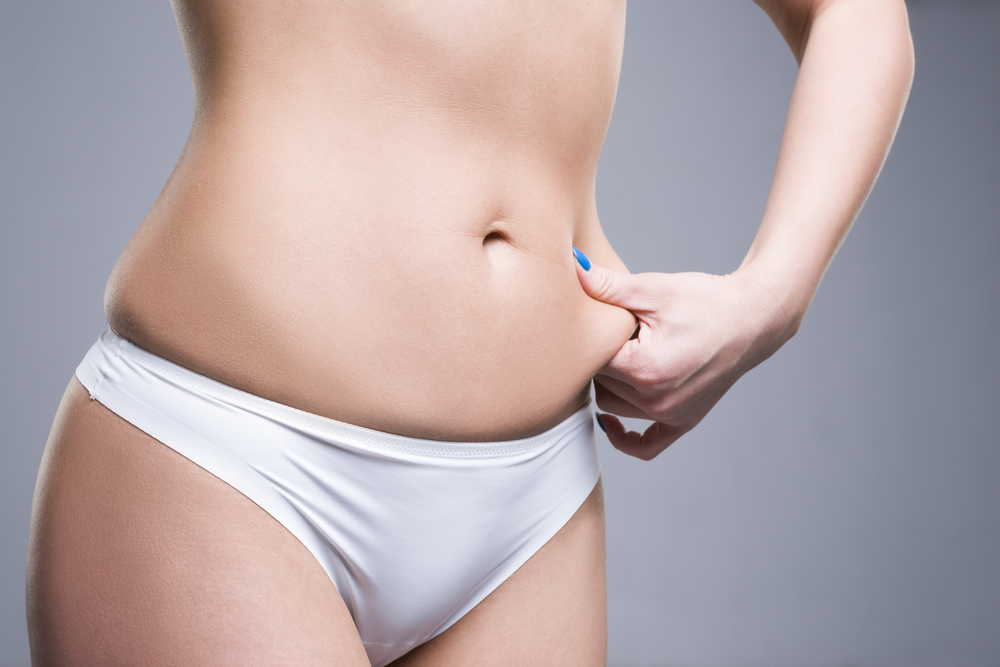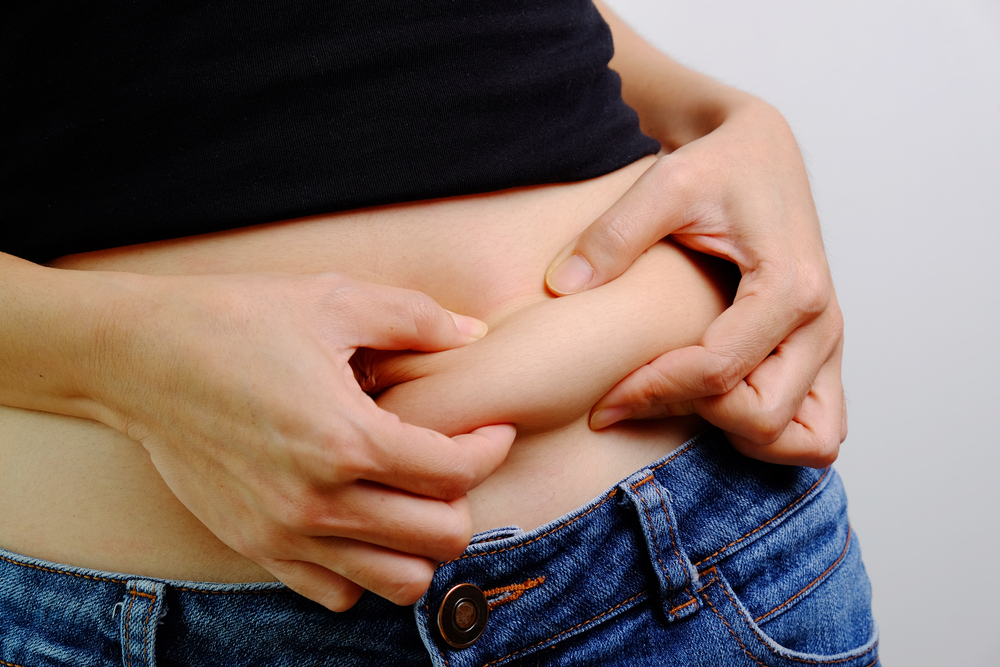- Kybella is an injectable treatment for excess fat under the chin.
- Some cosmetic doctors also use it off-label in other areas of the body.
- Alternatives to Kybella include CoolSculpting and VelaShape.
Using a drug “off-label” means using it in a way not recommended by the manufacturer and not approved by the Food and Drug Administration (FDA).
Injectable Kybella is the first and only drug approved by the FDA for the treatment of submental fat. In some cases it is also used for the off-label treatment of fat deposits in other parts of the body, such as the abdominal area.
The safety and effectiveness of these off-label uses of Kybella is controversial among cosmetic doctors. We asked Stephan J. Finical, MD, a board-certified plastic surgeon based in Charlotte, NC, to comment on this practice.
What Kybella is used for
Kybella was approved by the FDA in 2015, specifically for the treatment of submental fat. Patients can receive up to six injections, spaced one month apart. The drug contains deoxycholic acid, a bile acid produced naturally by bacteria in the stomach, which breaks down stubborn adipose tissue.
Because of its effectiveness and success, many physicians are now electing to use Kybella off-label.
The areas where Kybella is being used include the love handles, abdomen, and underarms. Yet according to the package insert for Kybella, these uses are specifically discouraged:
“The safe and effective use of Kybella® for the treatment of subcutaneous fat outside the submental region has not been established and is not recommended.”
What experts say: Is it safe?
Although many physicians agree that there are other potential applications for Kybella, some are wary of the risks and liabilities that can go along with off-label use.
Dr. Finical was one of the first physicians trained to inject Kybella. He describes some of the most successful ways he has used the drug:
“The most straightforward off-label use has been with lipomas,” Dr. Finical says. “In fact, some of the earliest studies with Kybella were on the treatment of lipomas, which often appear on people’s brows; this is a place where I’ve had great success with Kybella essentially dissolving a lump without any incision.
Dr. Finical also uses Kybella to treat anterior ‘bra’ fat — that fat area in front of the arm crease. “As long as the fullness is from fat, and not from breast tissue (something to be determined at physical exam), then this is successfully treated,” he says.
However, there are some off-label uses that carry too much risk, in Dr. Finical’s opinion: “There have been reports of using Kybella in the jowls and lower eyelids, but the risk is damage to nerves. This is felt to be temporary and reversible if it were to happen, but is a detraction from appearance and could be functional if it occurs.”
The general consensus among physicians is that off-label Kybella can be considered if used by a highly-trained and experienced practitioner. Most cosmetic surgeons can provide before and after photographs of patients who have undergone these particular procedures to give you an idea of the results that can be expected.
Alternatives to Kybella
If you are not comfortable with the off-label use of Kybella or do not have access to a doctor with experience in the practice, there are a number of non-invasive, FDA-approved alternatives to get rid of fat in problem areas like the abdomen and under arms.
These alternatives include Zerona, CoolSculpting, VelaShape, and Exilis.
- Zerona
Zerona is a process that involves shining cold light through the skin to shrink fat cells. The procedure is somewhat involved and takes about a month overall, with a prep period followed by numerous in-office treatments.
You must also adopt a low-fat diet and an exercise plan, and avoid alcohol consumption during the treatment period.
- CoolSculpting
CoolSculpting is a procedure that involves freezing your fat cells, which ultimately kills them. CoolSculpting requires less of a time commitment than Zerona. Much like Kybella, CoolSculpting was initially was approved for only a small number of problem areas. More uses for it have since been recognized by the FDA.
- VelaShape
VelaShape is a body-contouring process that incorporates radio waves, infrared light and massage to reshape cellulite. The procedure pairs well with liposuction, allowing the physician to redistribute remaining fat cells after surgery. VelaShape involves a considerable time commitment and works best in the butt and thigh areas, although it is approved for use in the abdominal area as well.
- Exilis
Exilis is another procedure that uses radio waves to heat and destroy fat cells. Several sessions are required for complete treatment, but they are spaced further apart than with Zerona or VelaShape treatments. Exilis works best for small problem areas, such as muffin tops or saddle bags.
» For more information on non-invasive body contouring, start a free consultation online with a cosmetic doctor in your area.









